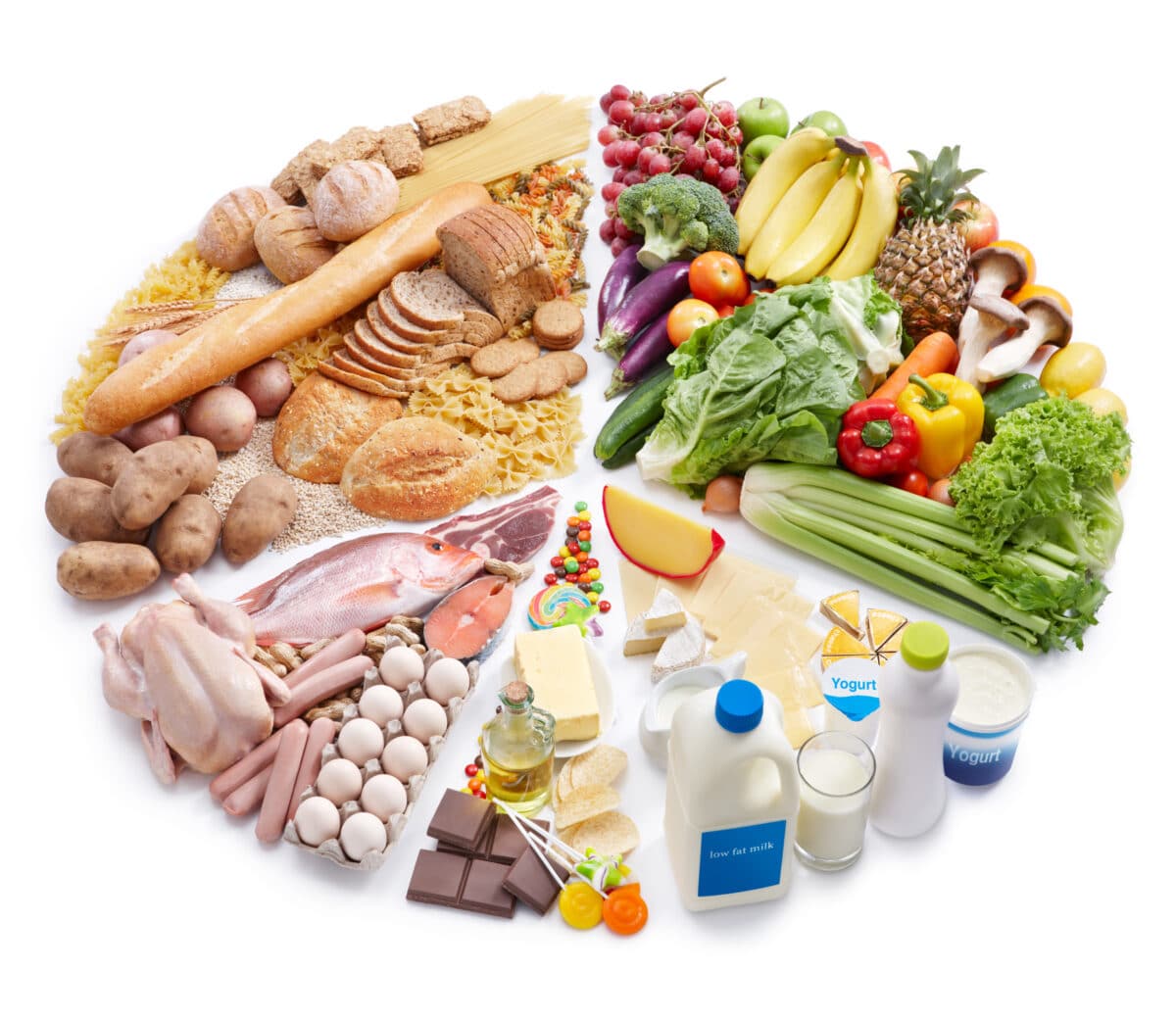The value and safety of Icelandic seafood. Food safety and added ranking / Food safety and added value of Icelandic seafood. Risk profiling and risk ranking
In this project, basic work was carried out on risk assessment for cod, shrimp, redfish, haddock, halibut, herring, saithe and kúfisk. These species were mapped for risk and their risk composition was obtained and a semi-quantitative risk assessment was performed on them. This risk assessment used a calculation model that has been developed in Australia and is called Risk Ranger. The risk assessment used data on consumption habits (dosages, frequency, etc.), frequency and causes of foodborne illness. Thus, the risk associated with the consumption of these marine products was calculated, based on certain assumptions. The reliability of a risk assessment is entirely dependent on the data and information used in its implementation. According to the available measurement data and given assumptions, the above-mentioned seafood products are classified in the lowest risk category (level <32) - low risk, compared to healthy individuals. In international food markets, Icelandic seafood has a good reputation for health and safety. Concerns about food safety, however, are growing in many places, so it is a great challenge for Icelanders to maintain this good reputation in the future.
This report contains the preliminary results of a risk profiling and risk ranking study for the following species: cod (Gadus moruha), shrimp (Pandalus borealis), ocean perch (Sebastes marinus), haddock (Melanogrammus aeglefinus), Greenland halibut (Reinhardtius hippoglossoides) , saithe (Pollachius virens) and Iceland cyprine (Cyprina islandica). These species were surveyed with regard to terms of undesirable substances (Risk profiling and risk ranking, as well as semiquantitative risk assessment). An Australian software, Risk ranger, was used to compute the risk assessment. Various data, eg consumer behavior (daily intake, frequency etc.), and incidence and origin of food-borne diseases, were used. Thus, the risk of consuming these species was determined. The reliability of a risk assessment is dependent on the quality of the data which are used to carry it out. Based on the existing data and given prerequisites, it can be stated that the aforementioned species come under the lowest risk group (degree <32) - small risk, considering healthy individuals. Icelandic seafood products are renowned on the international food markets as being quality and safe food. However, in light of growing concern worldwide for food safety, it is a challenge for Icelandic seafood producers to maintain that good reputation.


